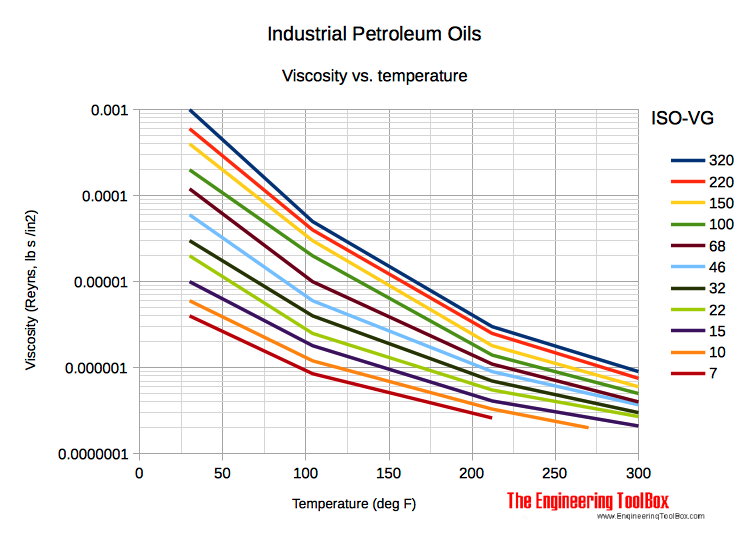

There are some circumstances where drivers have used thicker oil in an engine. That said, straight-weight oil is never recommended for an engine that calls for multi-weight oil. If you drive a classic, you might consider straight-weight. Most engine wear occurs not when the engine is hot, but on startup when the engine is cool. Some muscle cars with older engines might benefit from straight-weight oil unless they are driven in the cold, in which case the benefit of a multi-weight oil outweighs the improved shear resistance.

Shear is the breakdown of viscosity during operation, especially when an engine is running at high RPMs. Because it does not contain viscosity improvers (the additives that allow a low-viscosity oil to perform as a higher-viscosity oil), straight-weight oil has better shear protection. SAE30) rather than multi-weight oil (5W-30)? Straight-weight oil has one potential advantage over its multi-weight cousins. When might it make sense to use straight weight oil (ie. So the numbers represent the oil’s grades when cold and when warm. What does the “W” stand for in a multi-weight oil? So, 5W-20 is a 5-weight oil that acts like 20-weight when warm. Actually, the oil itself is the lower grade and contains additives that make it resist thinning out as it gets hot, thereby making it work like a higher-viscosity oil. The first number refers to the grade when cold and the second when warm. You have seen 10W-30, 5W-20, and the like. These products are one grade or viscosity (or weight) when cold and another when warm. But when you go to start it on a cold winter morning, that 30-weight oil is considerably thicker and has a hard time moving when you turn the key.Įnter “multi-weight” oil. Well, 30-weight oil will work perfectly well when your engine is warmed up. Say your engine needs 30-weight oil when it is running at operating temperature. Or you could say it gets thicker when it cools down. Why is this important? Because oil gets thinner as it heats up. But if your car has been sitting all night, the difference in temperature can be very different from one season to another. The engine is still warm and so is the oil. When your engine is running at operating temperature, it does not matter too much if it is summer or winter. Straight-weight oils come in a wide range of viscosities.īut your car operates (ostensibly) in a wide range of temperatures. SAE50 is higher viscosity (thicker) than SAE40, and so on. Straight-weight oils are lubricants that have a set viscosity, a single grade. Many years ago, straight-weight motor oils were common. What is the difference between “straight-weight” and “multi-weight” (multi-viscosity) oil? So, SAE30 oil is also 30-weight, and both describe the oil’s viscosity or thickness. Each of these words are used interchangeably when people talk about motor oil. Thinner oils flow faster than thicker oils, and engineers design engines to work with a certain grade of oil.įor all practical purposes, the terms “grade” and “viscosity” refer to the same thing with motor oil.

The higher the number, the thicker the oil. You might be familiar with terms such as “30-weight” or “10W-30” oil. Oil grades relate to an oil product’s performance at operating temperature (about 212 degrees Fahrenheit in your engine). Viscosity is the ability of a liquid to resist flow – how thick it is. Motor oil grades are a scale developed by the Society of Automotive Engineers (SAE) to describe the viscosity of oil. To start with, we should clear up some confusion over motor oil (also called “engine oil”) terminology. When it comes to motor oil, what is a “grade”? The table helps show that the thick 20 weight at SAE 24.7 is much closer to the thin 30 weight at SAE 25.3 (0.6 diff.) than the thin 30 weight is to the thick 30 weight at 34.7 (9.4 diff.).With all of the options available when it is time to purchase motor oil, how do you decide what to buy? Should you go for a particular brand? Or a certain type? Is conventional oil just as good as synthetic? Is one grade of oil better than another? And what does “grade” even mean? Let’s take a look at some commonly asked questions about motor oil and see if the answers can clear up some confusion.

It can be useful for comparing thick and thin variations of a standard SAE viscosity. The values in between are linearly interpolated. Here is a conversion table that lets you convert viscosity in cSt 100C to a high resolution "SAE viscosity".įor instance, the table assumes that the upper and lower limits for each SAE J300 viscosity 20, 30, 40, 50, 60 is 1/2 way to the next viscosity, i.e 15, 25, 35, 45, 55, 65.


 0 kommentar(er)
0 kommentar(er)
